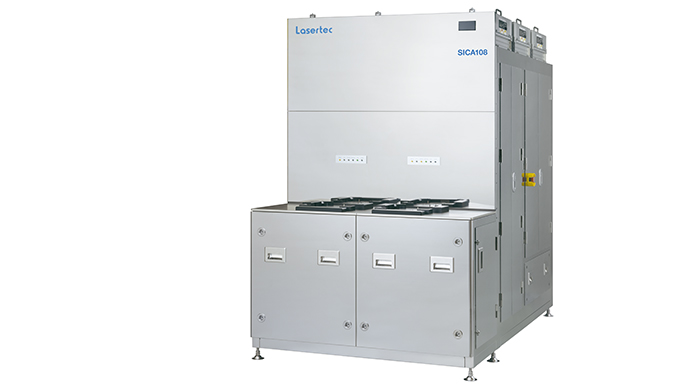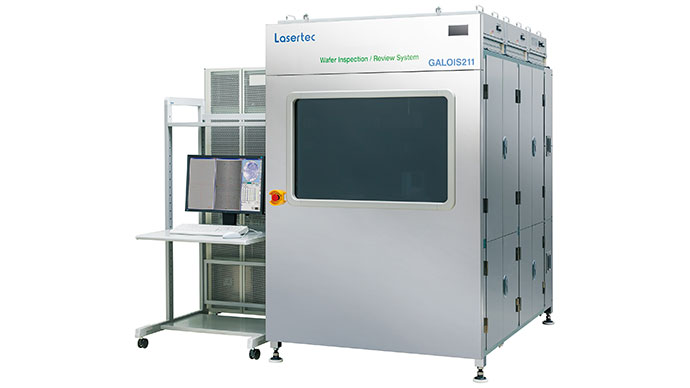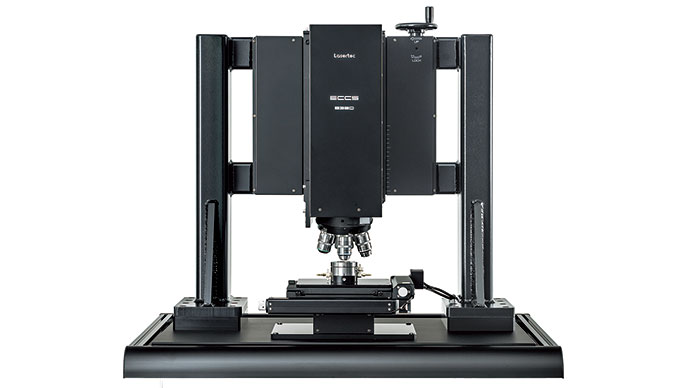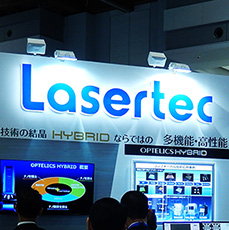Laser confocal
A confocal laser scanning microscope is a microscope that performs confocal measurement with laser light. HYBRID+ works as a confocal laser scanning microscope using a laser light source in combination with the optics of the white light confocal microscope. The laser used for HYBRID+ is a violet laser with 405nm wavelength. It requires no sample pre-processing, allows operation in the atmospheric environment, and visualizes nanoscale ultrafine structures clearly with a high level of resolution comparable to that of a scanning electron microscope. The wavelength of light provided by the violet laser is at the shortest end of the visible spectrum. Because of its high energy density, it enables high-magnification and high-contrast imaging. The laser scanning microscope uses a single wavelength and provides monochromatic images.
As shown in the examples below, high-magnification observation is possible with this function. It enables users to observe the ultrafine structures of various samples including crystals, organic materials, semiconductor materials, and device structures. This capability is useful for providing quick feedback to the team developing a new material or production process.
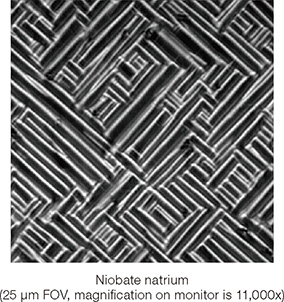
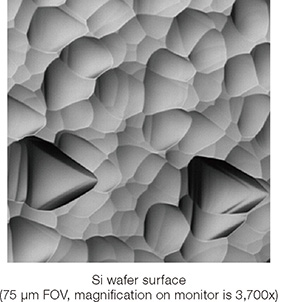
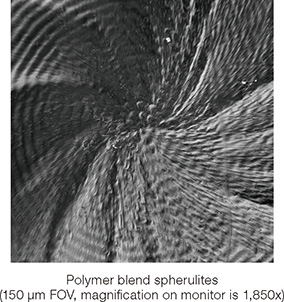
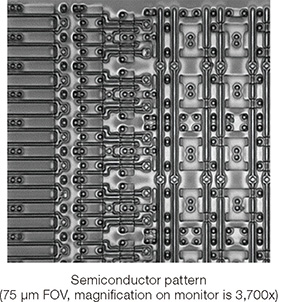
High-magnification, high-resolution observation without pre-processing
The laser scanning microscope of HYBRID+ is useful for observing a wet sample, which is not suitable for deposition or any other pre-processing, at high magnification.
Film thickness nonuniformity observation
Laser light is coherent and causes strong interference. It adds high contrast to film thickness images and makes nonuniformity clearly visible. This capability with laser light is particularly useful for observing a thick film because it causes interference in it and makes its nonuniformity clearly visible whereas white light does not.
A sample with a polarization property
Laser light is linearly polarized and useful for observing a sample with a polarization property.
You might also be interested in

